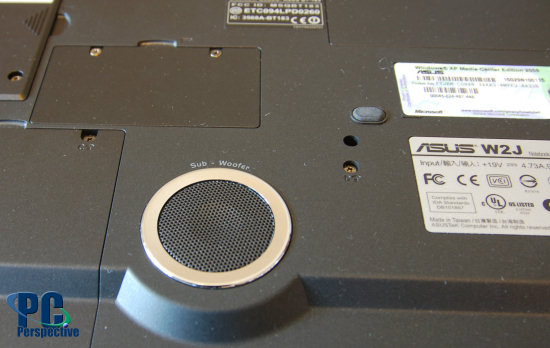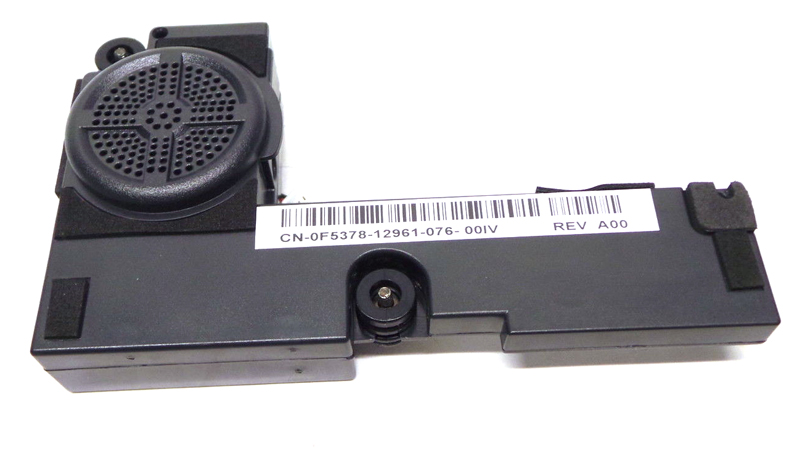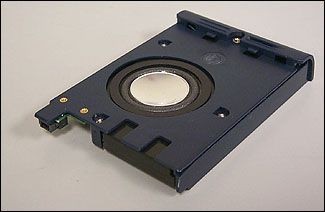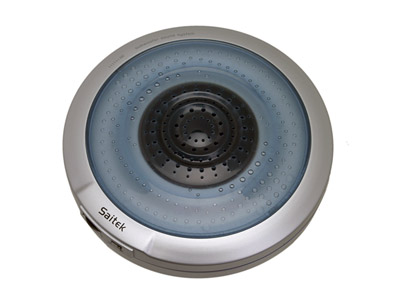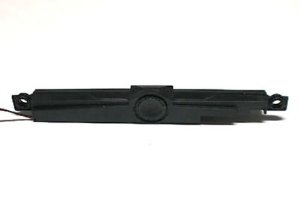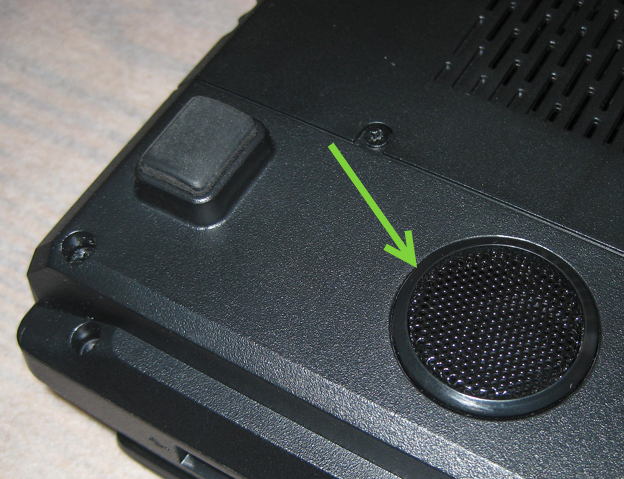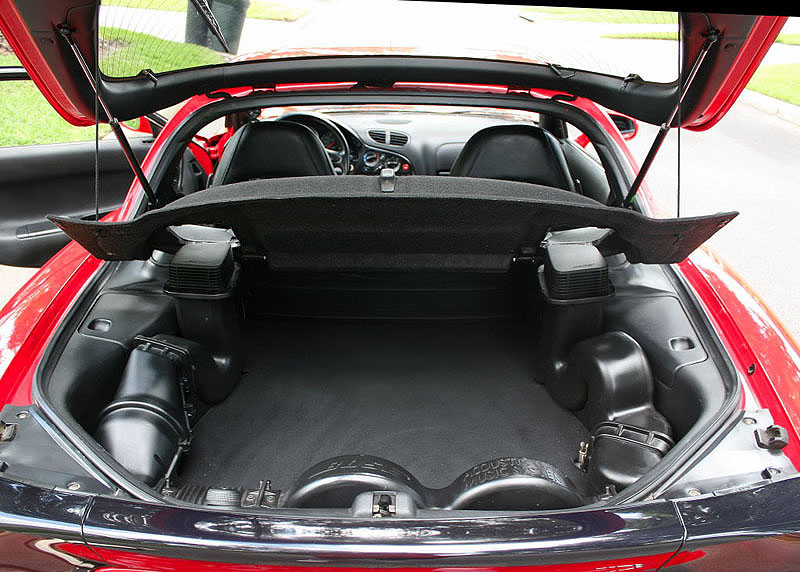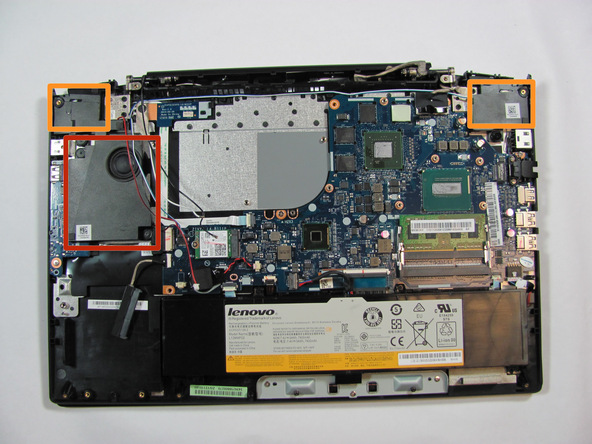
Steelman
Retained
-
Member Title
Freshman Member
-
Sam, Good point! There is no way of getting lower frequencies out of a small laptop. But we can think of ideas to improve lower frequency response. For better low frequency response, I can hook up to a Martin Logan Descent in all its sealed glory and bass thunder.
-
Summary See below for a quick and dirty latency test of my digital piano via laptop virtual instrument software. Measured latency of 8ms-10ms (+ additional unmeasured latency of es100's internal sound processing of ~10ms?). Graphs show good results with room for improvement. Confirmed by good playability and "simple listening test." More detail Tested: Kawai es100 digital piano headphone output vs. MIDI out to virtual instrument via Laptop/external DAC. Tested latency looks to be around 8ms to 10ms. Principal issue was additional unknown latency of es100 internal sound processing to headphone out which my test missed. The es100's dedicated sound engine connects well with the player so latency is probably pretty short (10ms?) Notes - Speculate the initial fuzz from both channels (at .004) is the MIDI signal (?) - But...there was just the slightest amount of cross talk between the channels (and that fuzz is timed almost perfectly on L & R channels - For right channel removed dedicated headphone amp after DAC as it was causing some interference (maybe ground issue). Latency to headphone amp should be very small but I did not test it - Used a 3.5mm Y-jack at the macbook input to connect the Left & Right Channels into one port Test signal path Left channel only > Kawai es100 headphone out > copper cable (terminated with 3.5mm male connector) > Macbook Pro (Audacity) Right channel only > Kawai es100 MIDI out > MIDI to USB cable/converter combo > Dell laptop > Garritan CFX software (large sample classical piano 00) > USB DevilSound DAC > Copper cable (terminated with 3.5mm male connector) Other test shortfalls - I wanted to compare listening to es100 speakers vs. MIDI-Garritan via headphones - Ideally test needed to see latency from touching key to sound hitting ear - As noted at top, true latency needs to add amount of time es100 is processing sounds - Other more esoteric issues which I think are immaterial FYI - Used Audacity software for measurements and graphs
-
Hi Iain, I did try the ASIO4ALL control panel and it helped. This will give you more information about latency improvements I am trying to explore; I think these are interesting charts and one potential cheap option to ASIO4ALL: Laptop recommendations for Virtual Piano - CFX | Digital Pianos - Synths & Keyboards | Piano World Piano & Digital Piano Forums I am not sure about the latency of my $10 MIDI-USB cable and DevilSound DAC although I guess I could build a cable and run a round trip latency test: MIDI to audio adaptor CEntrance -> Latency Test Utility Some audio DAC manufacturers even recommend against using their products for live music due to slow processing. For example Chord Mojo Anyways, any thoughts or recommendations are welcomed!
-
Thanks Keith and Iain for the very helpful tips! As this is a multi-purpose laptop I am going to avoid the scripts where possible to avoid unintended consequences. The audio connections I have are a simple MIDI-Dac cable (with a converter built into the cable), an old DevilSound NOS dac (with the converter built into the cable) and a small headphone amp. Sound processing is most efficient on ASIO4ALL; I think WASAPI sounds a bit better but has latency issues on my system. This is a very low latency solution and sounds good. As a next step, I may purchase a USB interface which wraps up all the IN_OUT_ASIO functions in a box and a driver - that could presumably decrease latency further although I suspect the audio quality may take a step down...
-
I think that is a good tip! The Dell L501/L502 are among the better sounding laptops but that is partly because the size gave the engineers flexibility to build a decent speaker system... It was worth a try!
-
I am moving from a macbook (which was well tuned for audio thanks to CA). My new Dell 9550 is running Windows 10 and sounds mediocre (and seems to have a lot of junk that is difficult to remove like Dell Audio, MaxxAudio, Realtek). Goals: 1. I would like to optimize audio to my 16/44 USB DAC. 2. Minimize latency for MIDI instruments. 3. Remove any junk audio enhancers I have read that WASAPI is quite good (for sound and latency) and that ASIO4ALL is no longer needed but have been away from windows too long to know. Any recommendations?
-
Not a joke! I have heard some laptops with relatively good sound given the constraints. Some "bass" solutions: - larger drivers - incorporating some bass duct work/tubing (like the Bose in the old Mazda RX-7) - EQ Lenovo Y50 JBL Dell XPS L501X Asus W2J Dell XPS 1710 Gateway M500 Saitek PZ09A (external USB sub) Alienware M14X Vantec (external sub, flipout speakers and laptop cooler combo) KRK Rokit laptop sub Finally, the Mazda-Bose tube maze (this was from the factory!)
-
Long time no visit here. I just picked up a laptop and thought about the possibilities of inserting a sub inside. It has two spaces for storage (m.2 slot and a normal 2.5" HDD space). I don't need the 2.5" HDD space and there is no larger battery available so thought it might be possible to throw something in there. Obviously there won't be much "sub" action going on but this is an interesting thought experiment in worst case scenario: - Built in speakers are terrible as is. - The audio processing also is terrible via speakers, headphone out, USB out so working on that now Laptop is a Dell 9550 which is a great computer in a very small box after some hardware fixes and software tweaks (which took some effort!) And as laptops transition from the 2.5"HDD to m.2, I think a lot of people might be interested in this sub (well a few hundred globally, perhaps)... Inside Dell XPS 15 (Skylake, 9550) – disassembly, internal photos and upgrade options ftp://ftp.dell.com/Manuals/all-products/esuprt_laptop/esuprt_xps_laptop/xps-15-9550-laptop_Service%20Manual_en-us.pdf
-
I own the excellent prior iteration of the Halide Design USB, called the DevilSound. It was also on computeraudiophile recommended on the CASH list.<br /> <br /> So small and simple; just plug and play with every Mac and Windows machine I have tried it on. The DevilSound was limited to redbook (44/16) but I don't own any higher definition music. Sound is very good; fantastic given price.
-
Thanks Bill! Just to outline my goals, which are certainly computer-audiophile based, although a bit different from those of typical posts here: Experimenting with new speakers. I thought it would be a good exercise to try a bunch of crossover solutions via an inexpensive digital process, find the best options then build up a few dedicated crossover networks (maybe passive, maybe better quality active). So at this stage I am not too concerned about incredible sound quality, but rather minimizing cost, complexity and the amount of cables I need to run. I had a few follow up questions for you or anyone else who wishes to chime in: - Based on your description, it looks like you are using computer soundcard as the six channel DAC, so are taking six channels of ANALOG out of your PC box and sending them to an eight channel power amplifier and controlling volume from the PC (or taking the six ANALOG signals to a preamp to control volume, then to a poweramp.) Are either of these the case? Questions: 1. Do you know of any sound cards that can take 8 digital channels out of a PC or Mac? I see there are all kinds of options for 7.1 (which is really two channel digital only in every case I have found - information for the surround channels just buried in the two channels I think). 1a. Any firewire or USB options? 1B. Where did you find the solution to route music player software to thuneau? 2. Will a hometheater receiver actually receive 8 different digital inputs simultaneously? It would be a great intro to use a hometheater receiver as a DAC, volume control and power amplifier. 3. Any thoughts on these options: A. Windows XP ==>foobar2000==>thuneau software==>focsrite saffire pro 24 firewire card ==>some type 6 channel amplifier ==>mono subwoofer B. Behringer DCX (maybe this is just easier; it only has six channels but I can integrate the sub later. It has no global analog volume control but I can use the digital from the PC for now I suppose) Thanks! S
-
"Cable 2 sends the (up to 8 channels of filtered) output to the integrated sound card, and then out to the individual speakers. Unfortunately this approach does not allow external dacs to be used, so the soundcard output is as good as it gets." Did anyone ever find a way to send 8 channels of information out digitally (e.g. from the computer to a home theatre integrated DAC/Preamp/Amp)? This would be a great and very inexpensive way to test some multi-channel equalization, try some active cross-overs, test new gear!!! I have been searching this issue for a while and this post seems to be 80% there. Any suggestions would be welcomed! S
-
I have a MacBook Pro from 2008 (2.2 Ghz Intel Core 2 Duo) - the screen frame is silver not the newest black. Will this send out data via optical at 24/88.1? I don't have an optical DAC to test it. Thanks, S
-
Hi John, Your experience with equalization was similar to mine. I used the excellent and free RoomEQ software with a Behringer mic (using the RoomEQ mic calibration file, although for best results, the www.hometheatershack.com people say you should send the mic off to be calibrated). * In the final analysis, the RoomEQ software was most helpful in learning how to best place the sub and mains, and integrate them properly; it made a huge sound quality difference and helped me think carefully about lower frequencies * Flat low frequencies sound terrible; check out the RoomEQ site and www.goodsoundclub.com for some insightful comments relating to "knees" * EQ-ing higher frequencies was a futile exercise in my experience * I used a Behringher DEQ2496 to EQ the system but pulled it out as it was not transparent when run through all the speakers. With the DEQ connected just to the sub, the processing caused a delay (a foot or two if I remember correctly) which I disliked (the mains are time aligned so the difference was especially noticeable) * The DEQ was fun as you can fix lousy engineering on your favorite music; it also has a great dynamic loudness function that helps with low-volume listening. But I found the system sounded better without the DEQ and optimizing speaker placement. Steelman



